So you’ve got an idea for a product. You might have gone so far as to turn your idea into a design; you might even have gone into your shed or local maker-space and transformed your idea into a prototype. But how do you turn that prototype into a product? And how do you develop a manufacturing process so that the single working widget that embodies your design evolves into a series of identical units, made for a defined cost, that customers can go out and buy and generate a profit to reward your efforts?
It’s an arduous process that involves the input of many people and lots of compromises on the way. Some designers feel that the final product is quite far removed from their original vision; and the compromises that have to be made to lock the design mean that the final product might not be precisely what all the customers want or need; it’s close enough but some of them might have ideally preferred something slightly different.
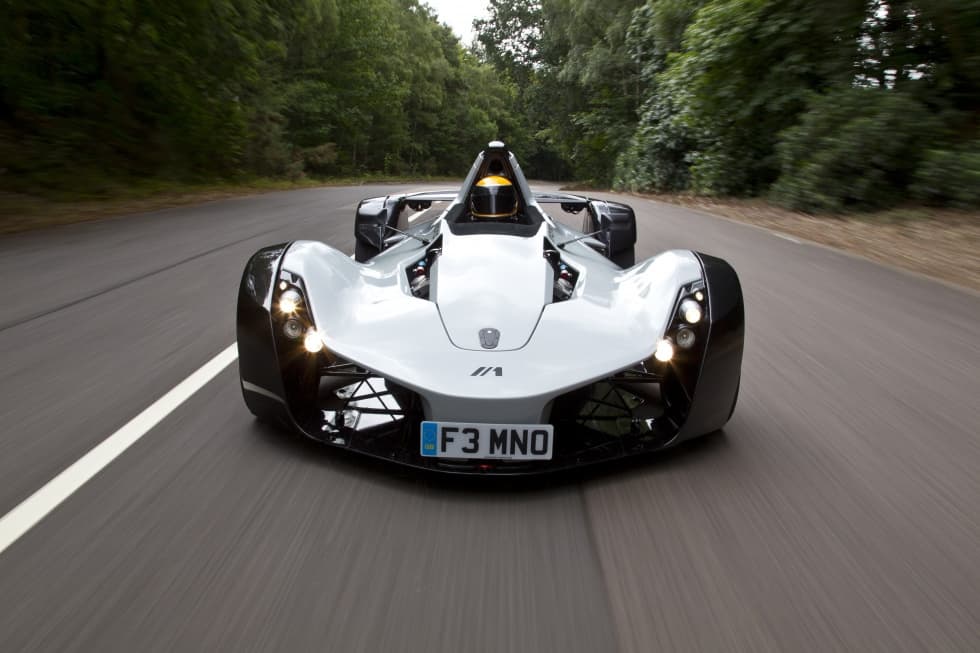
But things are starting to change, and powering that change is the technology known as cloud computing. The ability for multiple people to collaborate on a project in ‘virtual space’ means that the process of design and manufacture can be streamlined and even customised to an extent never seen before.
This is, inevitably, known by an acronym: CBDM or cloud-based design and manufacture. It’s still in its infancy, but one example has already featured in The Engineer. Briggs Automotive Company, the small firm founded by Merseyside brothers Neill and Ian Briggs, uses CBDM to customise its single-seat sports car, the BAC Mono, so that each car is not only a precise fit for its owner but looks exactly how its buyer wants it.
BAC uses Autodesk software products in a cloud-based system to design every car around its buyer’s precise measurements. “We’ll make them aware that, in essence, this is a life without compromises — so it’s kind of an open space, a free flow of ideas,” Neill Briggs said. “From a customer’s perspective, some of them can get quite involved in the design. So they can say: ‘Hey, what if I did this, this, this and this?’ They can have various clippings from magazines of things that they thought were cool.” Functional, rather than aesthetic, personalisation includes the reach of the steering wheel, the pedals and seat shape and position, custom crash helmets, as well as features such as interior trim, exterior parts, choice of brakes and power upgrades, all of which can be viewed externally by the buyer and then incorporated into the manufacturing process, with all the customised machining that implies. BAC’s manufacturing set-up, which eschews costly stamping processes in favour of machining from solid billet, allows parts to be customised relatively easily, with the cloud-based systems sending specifications directly from the customer to the design team and thence to the manufacturing machinery.
This customisation isn’t just a matter of making the car look flashy. “It’s actually safety-related,” Briggs said. “So the made-to-measure seat and helmet are safer environments to be in. If you can make that helmet fit your head even better, then in the event of an impact, you’re not going to get any hot spots. That ultimately is what causes injury where you get fractures, breaks, or whatever. If you can disperse force over the entire helmet, then, obviously, it’s way better. If you can make sure that the person’s grip on the steering wheel is uncompromised, you’re giving them the best-possible chance when things go wrong. But you’re enhancing the driving experience as well.”
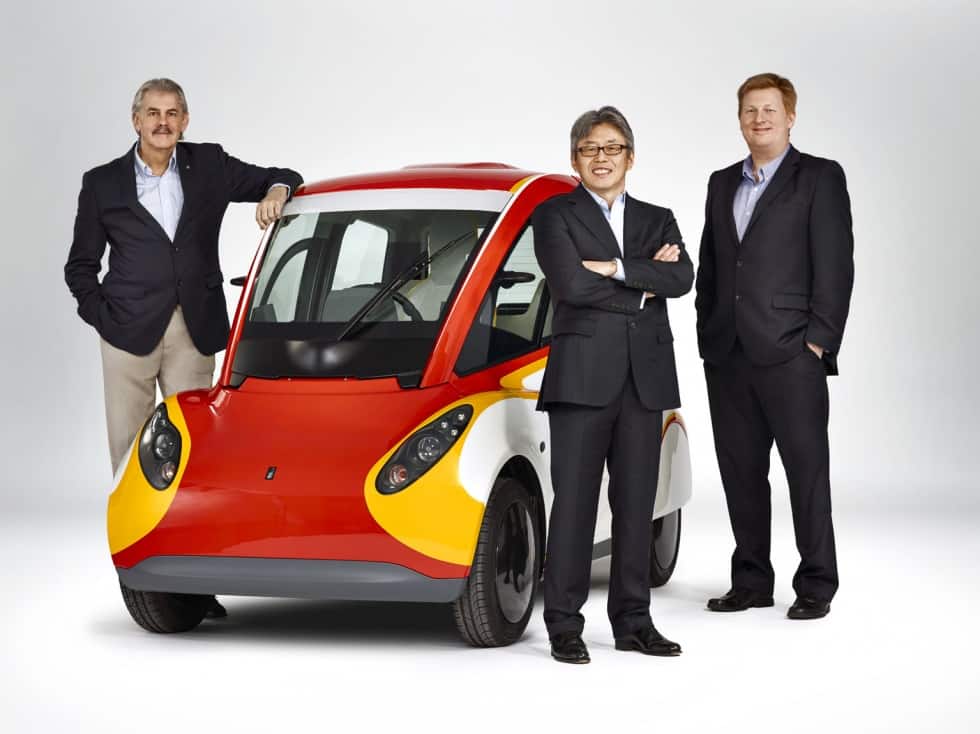
Still in the automotive space, Gordon Murray Design’s iStream process embodies a slightly different take on CBDM. The process is a customisable system where the car is built up from welded tube sections and composite panels; which lends itself well to fine-tuning in the design phase. Again avoiding the massive investment in plant required by conventional automotive, so cloud systems can be used to tweak the design to a considerable extent.
But the automotive sector is one where a certain degree of customisation has always been part of the business and manufacturing model. Aerospace is necessarily much more conservative, with safety so much a priority that there’s little room for changing designs, let alone incorporating ideas from other sectors.
Aerospace engineering’s complexity and economies of scale make for daunting industry barriers. Twin giants Boeing and Airbus dominate the passenger jet market, and woe betide the brave upstarts looking to challenge that duopoly.
But there is another sector of aviation that a young French company believes is ripe for revolution.
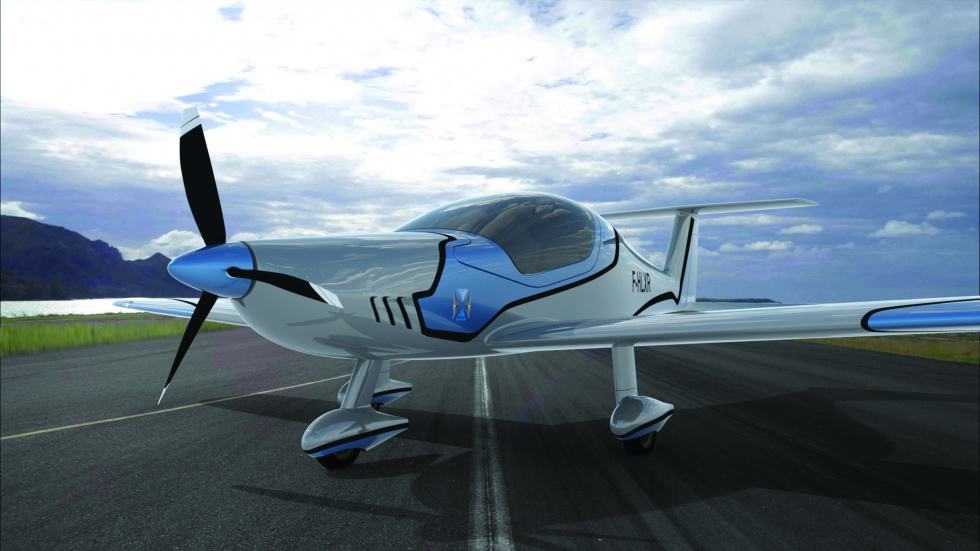
Elixir Aircraft was set up in 2015 by engineers Arthur Léopold-Léger, Cyril Champenois and Nicolas Mahuet. Based on an idea first conceived three years ago, the design for Elixir’s two-seater composite aircraft was initially unveiled at last year’s Paris Air Show. Since then, the company has been turning heads throughout the industry, as much for the design practices it has embraced as for the new light aircraft it hopes to bring to market.
“It’s mostly based on innovations that we took from sailing competitions, America’s Cup boats,” said CEO Léopold-Léger, a pilot with 1,000 hours’ experience who has also crossed the Atlantic solo in a boat he built himself.
“For the last 20 years they have been innovating, innovating, innovating, while on the aerospace side it’s been very flat for the last 20 years, at least in the small aircraft market.”
The end of the Second World War brought a massive surplus of light aircraft, with thousands of Cessnas, Pipers and Beechcraft no longer required for training purposes. Many of these were sold to private customers, but the oversupply led to market stagnation, and design updates never materialised.
“It means that today the market is over 50 years old,” Léopold-Léger continued. “It’s like if you were going to work in a Second World War car every day… today our mission with Elixir is to renew this fleet. And it’s possible because we have technology, and because there is a new certification in place for the past two years, which allows us to make two-seater aircraft with a brand-new way of certifying it.”
Integrated design and certification has helped massively reduce both time and cost, opening up possibilities for new players such as Elixir to enter the market. Using Dassault Systèmes 3DExperience cloud platform, Elixir has been able to take the concept from the drawing board to the skies in an incredibly short space of time. According to Champenois, Elixir’s COO, the entire process will have taken less than two years by the time the first flight takes place later this year.
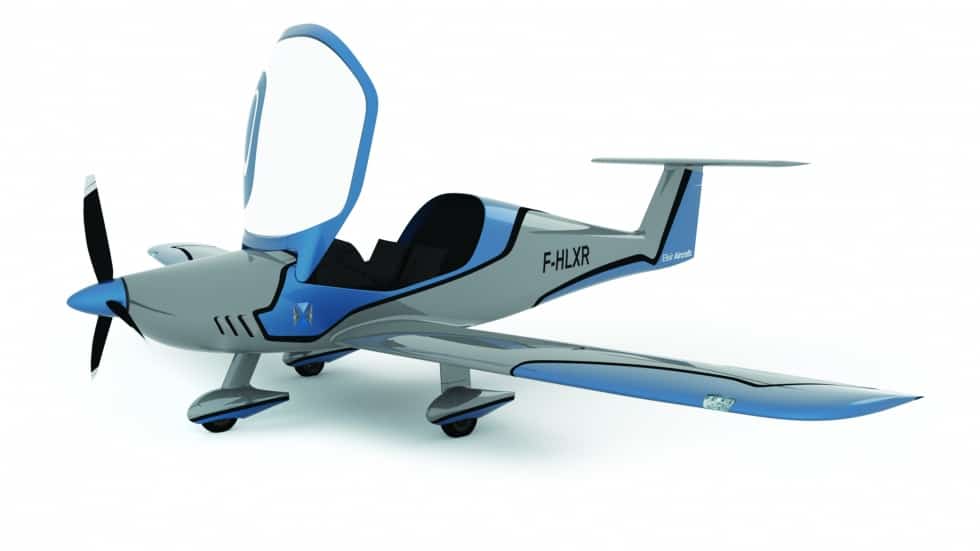
“You start the certification as soon as you start the programme, because everything is integrated, and there is no way to first do the design and then do the certification,” he said.
Champenois was actually working for Dassault when Léopold-Léger got in touch about Elixir. The two friends had studied aerospace engineering together at Kingston University in the UK, and the former was able to convince the latter to join him on the project. Elixir has since been heralded as symptomatic of a new breed of designers that are changing the rules of the game, not least by Champenois’ old paymasters.
These new teams are creating things never seen before. They are turning things upside down.
“We are seeing things we have never seen before,” Dassault Systèmes CEO Bernard Charlès said at the company’s recent event in Milan. “Who would have said, only two years ago, three years ago, that a company of 10 people would do an aircraft on the cloud? And I think they are going to do it and they are going to get the certification. It’s very profound.
“Something is happening. You can take every single industry sub-segment. This phenomenon is happening, which means a new level of performability for newcomers to become world players with very small numbers of people.
“These new teams are creating things never seen before. They are turning things upside down. It’s not the extrapolation of what happened in the past… it’s something very different.”
Something very different is what the market is craving, according to Elixir. Following the inevitable dip in the wake of Lehman Brothers, light-aircraft sales have recovered well, with annual sales in the region of 1,000 units. Despite a design that hasn’t evolved for over half a century, these aircraft cost between €250,000 and €300,000. Elixir’s two-seater is expected to come in at around €160,000.

There are plans for bigger aircraft in future, but for now the team is happy to focus on shaking up the two-seater segment. A cornerstone of the strategy is a focus on safety, and Elixir has incorporated some interesting features to distinguish itself from the crowd.
“The more safety, the happier the customer, so we have some big innovations in this area,” said Léopold-Léger. “We have a parachute in the middle of the aircraft. You have a red handle, and when you pull this a big parachute opens over the plane, and the aircraft comes back to the ground safely. So that’s a huge innovation for light aircraft. It means that if the pilot has a heart attack or anything, the passenger can just pull the handle and come back, and maybe save the pilot as well.”
The parachute is the same as that used to bring the Soyuz spacecraft safely back to Earth, but with just a single canopy rather than the Soyuz’s three. Inspiration has also been taken from the world of Formula One, with safety foam lining the fuel tank to prevent it exploding on impact. In an industry that barely spans a century, 50 years of inertia is an eternity, and Elixir is looking to improve a range of other performance metrics alongside safety.
“The speed we are targeting with the big engine is 180 knots, which is quite fast,” said Champenois. “We are consuming – again depending on the engine – around 14 litres per hour, compared with 40 litres per hour, at least, with the old aircraft. So it’s a huge gain in that aspect. With the big fuel tank you can fly for almost 13 hours, so you could cross Europe quite easily.”
In this wing there are no screws, no metal, and no glue, meaning that it will not get old…
Carbon fibre makes up a large part of the aircraft’s 265kg, along with materials borrowed from the America’s Cup. The streamlined production process also results in a simplified aircraft that should be easy to maintain over time.
“Whereas before, a wing was made of around 1,000 pieces, and 1,000 operations to build this wing, we make the wing in one production and in one piece,” said Léopold-Léger. “In this wing there are no screws, no metal, and no glue, meaning that it will not get old… and, on top of that, the wing is around 10 per cent lighter than any other wing.”
Elixir bookends the aircraft’s fruition as both its designer and assembler, but the actual manufacturing is left to carefully selected third parties. By outsourcing individual production processes to those with the best skill sets, the company believes the overall quality of the aircraft will be maximised, while at the same time spreading some of the risk associated with bringing a new product to market.
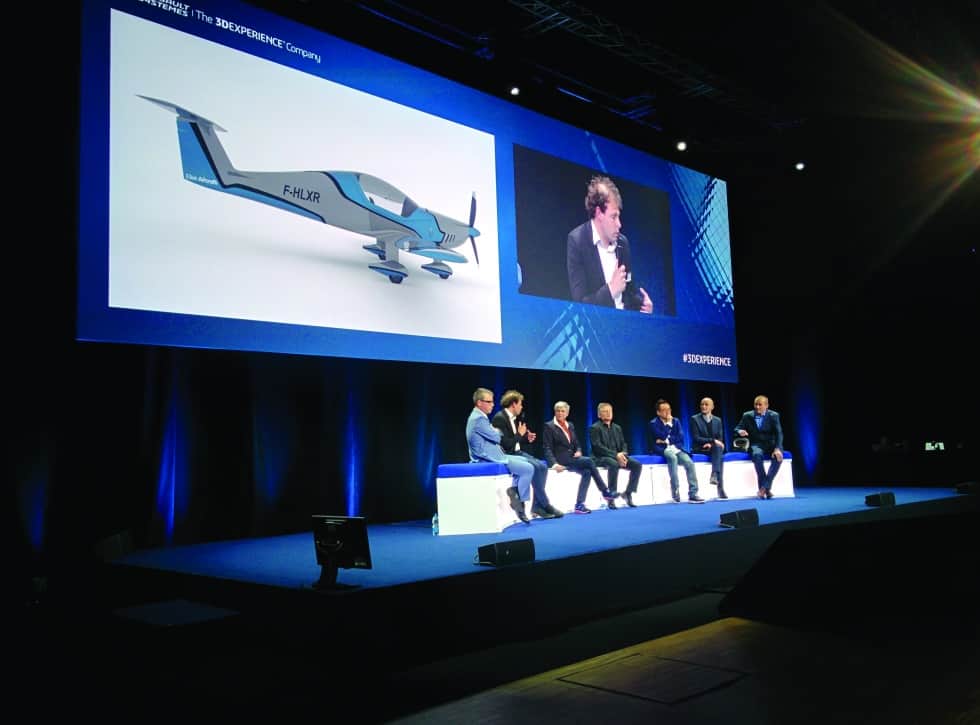
“We are an integrator,” said Champenois. “We don’t want to own all the knowledge, all the resources, all the tools to design and manufacture our aircraft. So we are sharing the risk and sharing the cost with design experts, with manufacturing experts. We are doing only the final assembly, and it allows us to be very flexible.”
Using a cloud platform meant that members of the team could work at any time, from any location
Another important element that has allowed flexibility is social collaboration. Dassault’s platform provided a way for ideas and progress to be shared among the various parties involved, along with in-built data management tools and the aforementioned certification process. Access could easily be given to Elixir’s partners where necessary, with data kept safe on Dassault’s servers. Using a cloud platform meant that members of the team could work at any time, from any location, and that design tools could be accessed on an ad hoc basis rather than investing in fixed CAD ‘seats’.
“We needed a tool that could articulate for all those people naturally,” said Léopold-Léger. “I was a bit sceptical initially whether this was really possible, and about the data being on the cloud, but [Champenois] quickly convinced me because these tools are like we are all in the same building.
“With the data in the cloud, in the end it’s more safety for us and it’s more flexibility. We can work at home, we can work anywhere in the world… we’re not using all the possibilities of the platform, but we are using a lot, and the good thing is that whenever we need something we just rent it for one or two months, or one year.”
This agile approach will also extend across the entire production process, something that will allow for assembly in France. According to Elixir, the company is geared to be profitable with just 12 sales per year, so a target of 80 units could see the young trio flying high before too long.
Additional reporting by Stuart Nathan




Nanogenerator consumes CO2 to generate electricity
Whoopee, they've solved how to keep a light on but not a lot else.